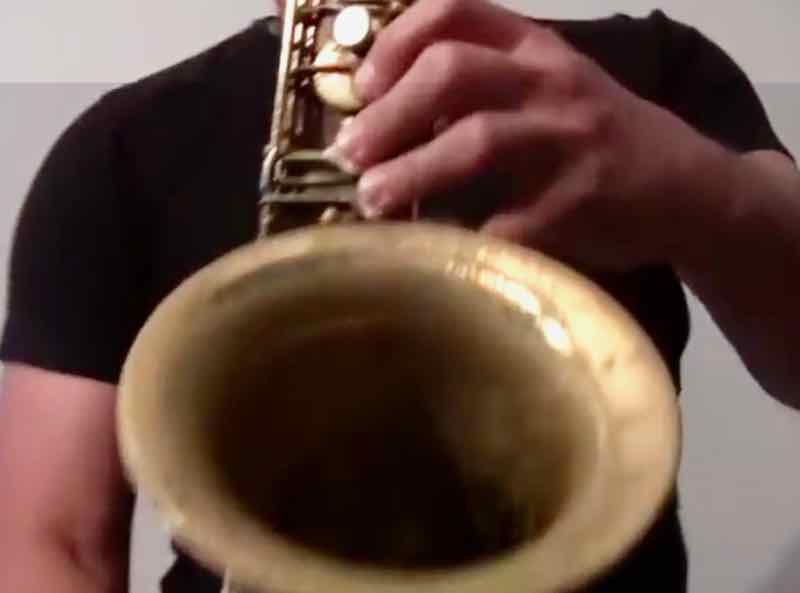Your Saxophone “Tone” or “Sound” is Ultimately What It’s All About
 Below are the links to your first three most important saxophone tone development exercises
Below are the links to your first three most important saxophone tone development exercises

Johnny Ferreira
Having your very own and personal sound on your saxophone is the ultimate goal and challenge. We all do this by starting out and simply producing a tone. It’s this raw, simple, basic “tone” that we will eventually mold into that beautiful and pleasing “sound” everybody wants to hear coming out of your sax.
So, as you continue here with these beginners lessons, you’ll be producing your first tone or tones. These saxophone tone development lessons are your first steps in eventually producing a full saxophone sound. As you probably are already aware, the saxophone is a very versatile instrument capable of producing several quite distinct style of sounds.
Some players have a jazzy sound. This type of sound can be rich and smooth or even be a much darker sound. The saxophone is also a great instrument for rock and roll. A rock player will generally have a louder, brighter sound that cuts through more so than a jazzy sound.
Isn’t The Way I Sound Dependent On The Equipment I Use?
Yes, we can alter our sound by changing the reed, the mouthpiece, and even the saxophone we choose. But don’t be fooled. The most important thing you can do is to learn how to control and then develop the tone yourself. This will be more powerful than any piece of equipment you can buy.
Any experienced pro will have their own sound which they can basically reproduce on any set up, meaning the actual sax, mouthpiece and reed. The player may not feel as comfortable with a set up that’s not his own personal preference but the basics of his or her sound will still come through.
Other Factors That Effect Our Sound
The fact is that we get our sound when we develop our embouchure, and learn proper air support. These are the most important basics and what you are about to start learning right here and now. In fact, you already started working on your sound in the previous lessons when you were learning how to form your embouchure. As this is strengthened, so is the tone that you blow out of your horn.
I remember very clearly during my first year of playing, meeting a well-known saxophonist in my town and asking how I could get a great sound like him. He told me right away, it all comes from your diaphragm. It’s where your air needs to come from and it needs to be coming hard! The moment you learn this technique of pushing the air through your horn, nice and strong from your diaphragm, that’s the moment you will start to hear a real difference.
You’ll learn to develop further on as you go by improving your pitch, controlling your dynamics, and expanding on your articulation. So right now your equipment is not as important. Just make sure you have:
- a saxophone that is in perfect working condition
- a good mouthpiece that’s recommended for beginners
- proper strength reeds
There is more detailed information on saxophone mouthpieces here.
A good strength reed for a beginner would be the lowest sizes offered by a reed manufacturer: 1, or 1.5. The stronger the reed the more difficult it will be to produce a tone, especially at this beginning stage. After a while you can move up by half a size to a 1.5 or a 2, depending on what you started with.
Once you start blowing out a few tones and trying a couple different reeds, you’ll start to be able to feel the difference each one can make. Eventually you’ll be able to tell the difference from a good reed and a bad one.
There is more information on my saxophone reeds article.
1. Eee-Ahh Exercise
Eee-Ahh is a tone development exercise that will help you find the best position for your embouchure to get the best possible tone. In other words, finding your “sweet spot”.
2. Long Tones
Not the most exiting thing to do on your sax but a proven exercise that gets results for improving your sound. Great way to begin your practice sessions.
3. Octave Exercise
Practicing this octave exercise will help you to improve your intonation (tuning) and improve your tone as well.
